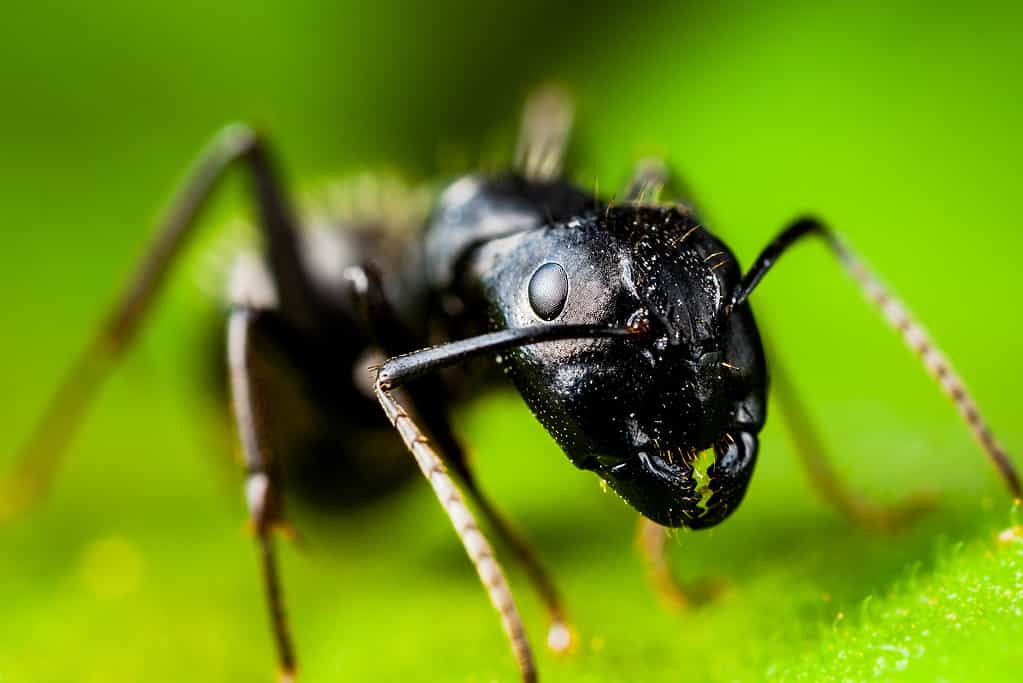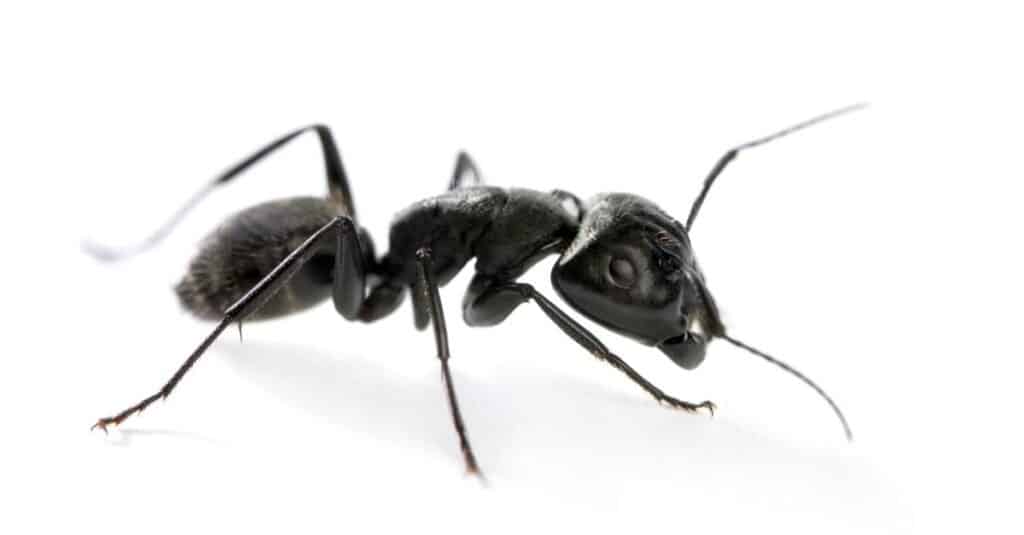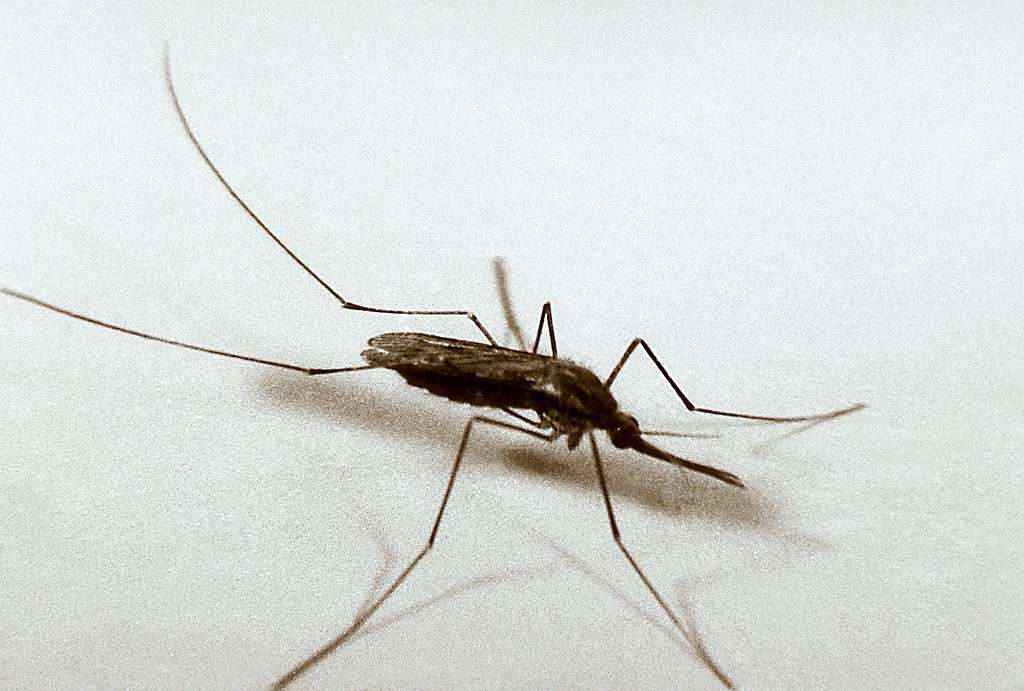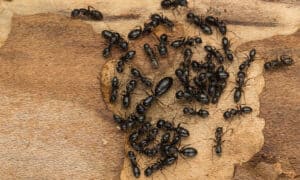Maine is a northeastern state in the United States, bordering Canada to the north and the Atlantic Ocean to the east. It is known for its rugged coastline, seafood cuisine (especially lobster), and natural beauty, including Acadia National Park. Maine is also known for 3 types of ants, which we will discuss in detail.
Maine’s economy includes industries such as tourism, fishing, and forestry. The largest city in Maine is Portland, although it has a relatively small population compared to other major US cities, with just over 66,000 residents, according to recent estimates.

Maine’s history is deeply rooted in the indigenous populations that inhabited the land long before European settlers arrived. The state has a rich cultural heritage dating back centuries, with many tribes calling Maine their ancestral home. These communities have left a lasting mark on Maine’s culture and traditions, including their relationship with nature and wildlife. In addition to diverse wild animals, there are also a few types of ants in Maine. Let’s learn more about what to expect this spring and summer.
Types of Ants in Maine

Carpenter ants are one of three species of ants that will emerge in Maine this spring.
©Denis Vesely/Shutterstock.com
As the summer months approach, residents of Maine can expect to experience an uptick in pest activity throughout the region. Experts predict that this increase is due to warmer-than-average temperatures and higher humidity levels, which create ideal breeding conditions for a variety of insects. Ants are among the pests set to emerge in large numbers this season, along with mosquitoes and ticks. But which types of ants live in Maine?
While ants may seem like a minor inconvenience compared to other pests, such as ticks, they can still cause significant issues for homeowners. Certain species of ants are known for invading homes and buildings in search of food or shelter. These infestations can be difficult to manage without professional help, making it important for Mainers to take preventative measures before the problem grows out of control. Identifying which type of ant you are seeing can help you learn more about how to repel them.
Carpenter Ants

Carpenter ants can cause damage to Maine homes.
©Eric Isselee/Shutterstock.com
Carpenter ants are a type of ant that is commonly found in Maine during the summer months. They are typically large, black, or dark brown in color and can range in size from 1/4 inch to 3/4 inch long. One distinguishing characteristic of carpenter ants is their rounded thorax which gives them a humpbacked appearance.
In terms of their diet, carpenter ants primarily feed on sweets and proteins such as honeydew from aphids and other insects. However, they also have been known to eat dead insects and small arthropods if necessary.
As for their emergence pattern in Maine, carpenter ants usually become active around April or May when temperatures start to warm up. They will then continue to be active throughout the summer months until temperatures begin to cool down again in early fall.
It’s important for homeowners to keep an eye out for signs of carpenter ant infestations, as these pests can cause significant damage to wooden structures if left unchecked. Signs may include piles of sawdust-like material near woodwork or windowsills, as well as visible tunnels or galleries within wooden structures.
If you suspect you have a carpenter ant infestation, it’s best to contact a pest control professional who can properly identify and treat the problem before it becomes too severe.
Odorous House Ants

These ants usually start being seen in Maine when the thermometer reads over 70 degrees Fahrenheit.
©Dhe Tong/Shutterstock.com
Odorous house ants, scientifically known as Tapinoma sessile, are a common ant species found in homes and buildings. They are small in size, measuring between 1/16 to 1/8 inch long, and have a dark brown or black coloration. Their unique characteristic is the strong odor they emit when crushed, which smells like rotten coconut.
In terms of diet, odorous house ants prefer sugary foods but also feed on insects and other protein sources. They are known to forage indoors and outdoors for food sources such as sweets, honeydew from aphids or mealybugs, fruits, meats, or grease from pet dishes.
These ants typically emerge during the summer months in Maine when temperatures rise above 70 degrees Fahrenheit. However, their activity can be observed throughout the year due to their ability to thrive indoors with access to warmth and food.
Pavement Ants

Two pavement ants (Tetramorium immigrans) greet each other.
©Ernie Cooper/Shutterstock.com
Pavement ants are a common species of ant that can be found in many parts of the United States, including Maine. These ants get their name from their preference for nesting underneath pavement and concrete slabs.
In terms of appearance, pavement ants are typically dark brown or black in color and range in size from 1/8 to 1/16 inch long. They have six legs and two antennae, which they use to navigate their environment and communicate with other members of their colony.
As for diet, pavement ants are omnivores that will eat just about anything they can find. This includes sugary substances like nectar and fruit juice, as well as protein-rich foods like meat, eggs, and insects. In some cases, pavement ants may even scavenge for dead animals or feed on garbage.
In Maine, pavement ants typically emerge during the months of May and June when temperatures rise above 60 degrees Fahrenheit. During this time, they may become more active as they search for food or establish new colonies.
Overall there is much to learn about these fascinating creatures beyond their basic description – but one thing is certain: if you’re looking to identify different types of ants in Maine this summer, you certainly won’t want to miss out on spotting these industrious little insects!
Other Insects Set to Emerge in Maine

Ants aren’t the only insects to emerge in Maine this spring. Mosquitos are also on the way.
©https://pixnio.com/fauna-animals/insects-and-bugs/mosquito/close-up-photograph-of-an-anopheles-quadrimaculatus-mosquito-on-white-background# – License
As temperatures rise, residents of Maine can expect not only an increase in ant activity but also a surge in mosquito and tick populations. With the warm weather comes longer periods of outdoor activities such as camping, hiking, and picnicking, which means more opportunities for these pesky insects to feed on human blood. Mosquitoes are known carriers of diseases such as West Nile virus and Eastern equine encephalitis, while ticks can spread Lyme disease, among other illnesses. It is important for individuals to take preventative measures such as wearing insect repellent, long-sleeved clothing, checking for ticks after being outdoors, and eliminating standing water where mosquitoes breed in order to protect themselves from potential harm.
Mosquitoes
Mosquitoes are a type of small, flying insect that can be found all over the world, including in Maine during the summer months. These insects are typically characterized by their long legs and thin bodies, which range in color from brown to black.
In terms of diet, male mosquitoes primarily feed on nectar and plant juices. However, female mosquitoes also require blood meals to produce eggs. They use their needle-like proboscis to pierce the skin of animals and humans alike to suck up blood.
During the summer months in Maine, mosquito populations tend to surge due to warm temperatures and increased rainfall. This makes them particularly active between May and September.
While some species of mosquitoes are simply a nuisance due to their painful bites, others can carry dangerous diseases. As such, it is important for individuals living in areas with high mosquito populations, like Maine, to take precautions against being bitten, such as wearing long clothing or using insect repellent when outdoors.
Ticks

Blacklegged ticks can spread the West Nile virus to hikers in Maine.
©daksel/Shutterstock.com
Ticks are small, blood-sucking arachnids that belong to the same family as spiders and mites. They can range in size from a pinhead to a small grape and come in various colors ranging from brown to reddish-brown. Ticks have eight legs, but they do not have wings or antennae.
In terms of their diet, ticks require blood meals to survive and reproduce. They feed on animals such as deer, mice, birds, dogs, cats, and humans. Once they find a host animal or human for feeding purposes, ticks will attach themselves using their mouthparts which are made up of barbed hooks that allow them to anchor firmly into the skin.
Ticks emerge in Maine during the warmer months when temperatures consistently reach above-freezing levels. In particular, tick activity is most pronounced during late spring (May) through early fall (September) when there is more vegetation growth and wildlife movement.
It’s important to note that ticks pose a significant health risk because they can transmit diseases such as Lyme disease, which is prevalent in Maine, among other parts of the country. Therefore it’s essential for people who spend time outdoors during these months to take precautions against tick bites by wearing protective clothing like long pants and sleeves along with insect repellent containing DEET. Additionally, checking oneself thoroughly for any attached ticks after spending time outside can help prevent transmission of disease if caught early enough before symptoms develop.
Summary of the 3 Types of Ants Set to Emerge in Maine This Summer
| # | Type of Ant |
|---|---|
| 1 | Carpenter Ants |
| 2 | Odorous House Ants |
| 3 | Pavement Ants |
The photo featured at the top of this post is © iStock.com/RHJ
Thank you for reading! Have some feedback for us? Contact the AZ Animals editorial team.






